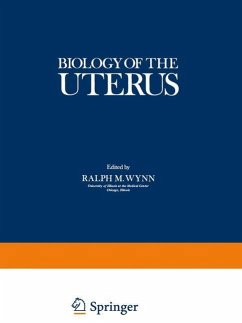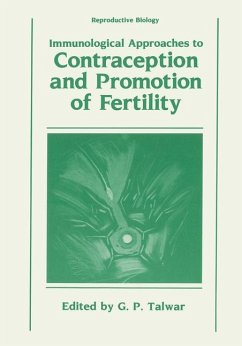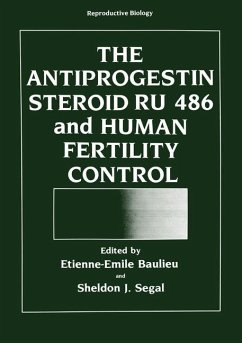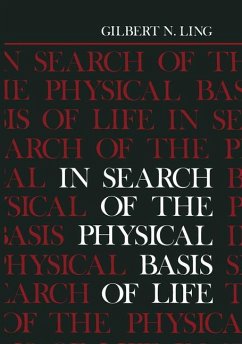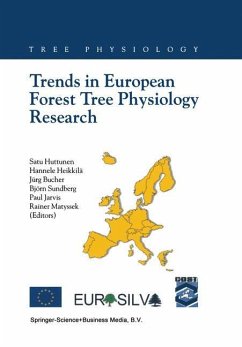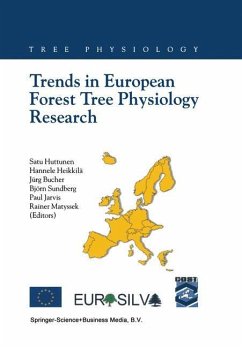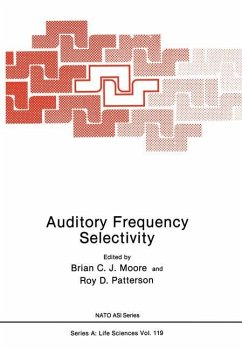
Auditory Frequency Selectivity

PAYBACK Punkte
39 °P sammeln!
One of the most fundamental aspects of the auditory system is its frequency selectivity - the ability to resolve a complex sound into frequency compOhents. This ability plays a role in many aspects of auditory perception, including: the masking of one sound by another; the perception of pitch for pure tones and complex tones; the perception of timbre; the perception of the relative phase of components in complex sounds; and the perception of loudness. Over the last decade, there have been considerable advances in our understanding of frequency selectivity, both at the physiological and psychop...
One of the most fundamental aspects of the auditory system is its frequency selectivity - the ability to resolve a complex sound into frequency compOhents. This ability plays a role in many aspects of auditory perception, including: the masking of one sound by another; the perception of pitch for pure tones and complex tones; the perception of timbre; the perception of the relative phase of components in complex sounds; and the perception of loudness. Over the last decade, there have been considerable advances in our understanding of frequency selectivity, both at the physiological and psychophysical level, and rapid progress continues to be made. This book summarizes the proceedings of a NATO Advanced Research Workshop on Auditory Frequency Selectivity which was held in Wolfson College, Cambridge from June 23rd to 27th, 1986. The Workshop brought together leading researchers from all disciplines relevant to the topic, with the aim of reviewing and consolidating the latest research findings, and identifying areas of uncertainty or controversy where further research is needed. The book is aimed primarily at research scientists and research students in the fields of psychology, audiology, auditory physiology, biophysics, medicine, acoustical engineering, noise control, communication and speech science. It should also be useful for advanced undergraduates in these disciplines. A feature of the book is that it includes summaries of the discussions which followed the presentation of each paper at the Workshop.






